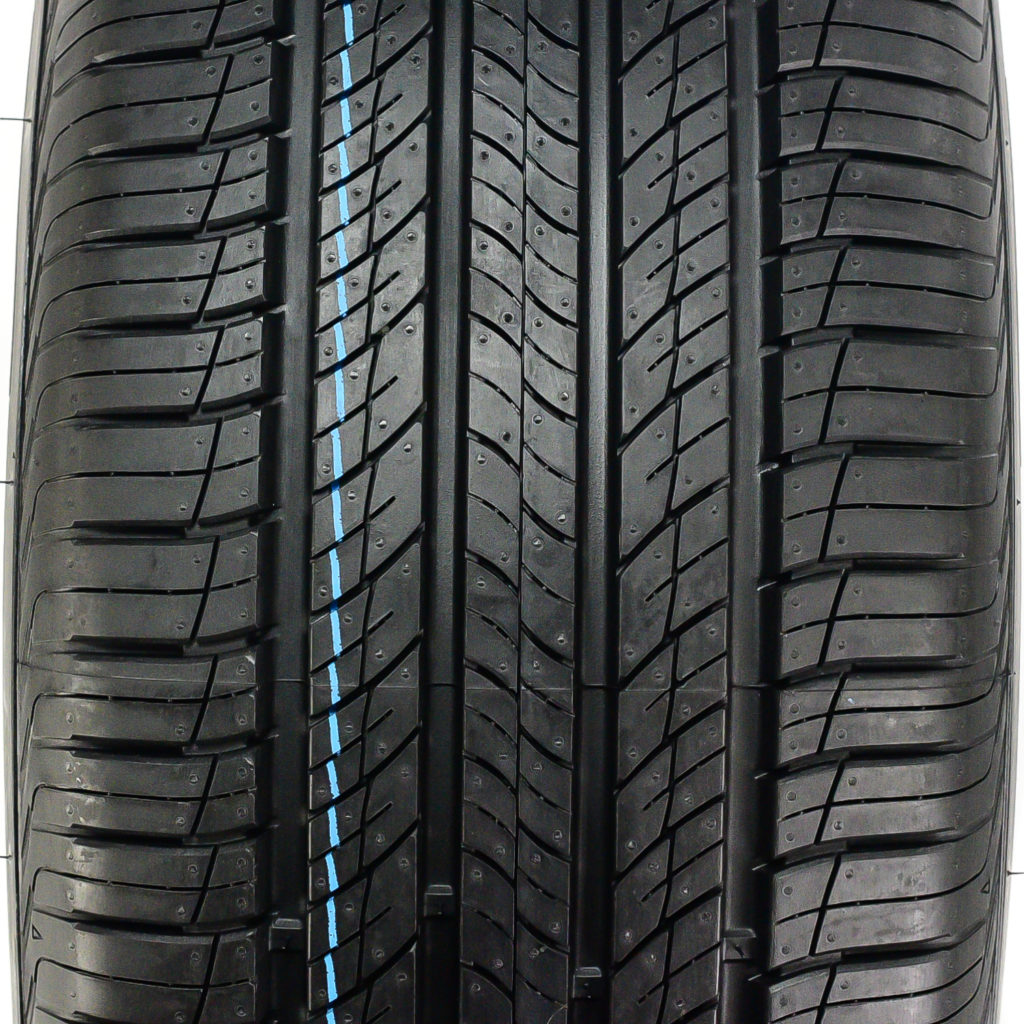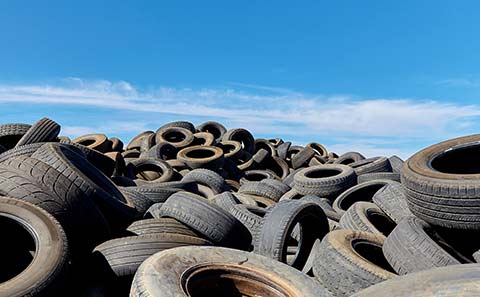In modern times, various technologies are available for tire manufacturers to design and produce secure products. The tire industry is no different. Tire brands strive to create versatile tires for sale, to match the needs of the consumers.
In recent years, with environmentalism, a new surge to recycle and reuse old tires has surfaced. At this time, we are not talking about cutting up tires and recycling them into miscellaneous items, such as lawn decoration (swans made out of old tires) or footwear (read as Timberland). We mean the tire recycling technologies which use worn-out tires, give them a new lifecycle, and optimize their performing capability and durability.

Such technologies were considered dangerous the first time they popped up. Retreading tires could easily cause tread separation and blowouts when these methods were first used. However, modern science has allowed these methods to mold themselves into something more durable. Today, we will take a look at and talk about the tire recycling technology which results in the safest products: remolding.
What are Remolded Tires?
Among the retreading and recycling technologies, remolding creates the safest product lines. Remolded tires are the closest to new tires as this recycling method utilizes the casing of a premium used tire, like a Goodyear or Michelin model. Only casings that passed a strict quality and durability check can go through the remolding process. Remolded tire manufacturers discard all casings which fail. After the integrity inspection, passed tires go through the remolding process.
So, how does remolding work?
The short answer is: it is a complicated process, during which the old tire’s casing receives a new tread and sidewall, by molding it into the desired shape, and BAM! we have a new tire.
However, the process is a bit more complicated than that. Let’s look at what the remolding technology does with the old casings.
Remolding Process Step by Step
Firstly, the old tread is stripped off the casing. This ensures that the old tread will not hinder the tires performing safety. Once this is done, the tire is securely wrapped from bead to bead with a special industrial grade rubber material that is not yet vulcanized. This is different from retreading as the rubbed placed on the casing does not have a tread pattern at this stage. The tire also received a thin decorative layer of veneer, where the new tire brand and model will be placed.

At this time, the tire is ready to go through the curing process. The wrapped tire casing is placed into a corresponding mold press depending on the sizes of the tire and the model they wish to manufacture. The curing process lasts for 60 minutes. To achieve the desired outcome, the tire casing is placed onto a tire form and inflated to the proper air pressure. By inflating the casing, the air pressure gives the tire its ideal shape, while also pushing the unmolded rubber materials into the mold’s shaping pattern. This allows the rubber to adapt to the mold’s shape and produce the appropriate tread pattern along the tread area. After this shaping process, the curing process entails heat and pressure to be applied for a specific time to finish the curing.
As a result, the old casing gets a new tread and sidewall. This returns the tire back into a new condition while preventing tread separation during its future performance.
Are Remolded Tires Safe?
We have previously mentioned previous general opinions about remolded tires. This was due to problems arising from their quality. This belief is still around and it has become stigmatized among tire recycling methods over the years. However, and we cannot stress this enough, remolding and retreading technologies are completely different.
The main difference between these processes is the amount of new rubber the old tires receive and the process they go through to attach the new rubber to the casing. Remolding gives the old casing a new tread and a new sidewall as a long strand of rubber. Retreading only adds a pre-cured tread area to the old casing.
The remolding process covers the old casing with new rubber from one bead to the other. Then the curing and molding stages start, creating a specific shape or design.
What can we say about their performing safety?
Remolded tires are completely safe to use. This method utilizes the old, worn-out tire’s casings to give it a new lifecycle. This method achieves these results by completely wrapping the casings in a new, continuous rubber strand. As a result, remolded tires get a completely new tread and sidewall during the curing process.

The rubber is not vulcanized before it is placed into the curing mold. In this manner, it attaches the rubber and old casing. As the rubber starts at one bead and ends at the other, the remolding process ensures that tread separation is not possible. In other words, the rubber connects the tread and the sidewall. Tread separation used to be the biggest problem with retreaded tires, and the remolding technology managed to overcome it.
The remolding process guarantees that the remolded tires will perform and act as new tires. The huge amount of work that goes into manufacturing them ensures their performing capability and driving safety.
Price of Remolded Tires
It should go without saying that remolded tires are cheaper than new ones. Even with such manufacturing processes, manufacturers do not make them from scratch. This process takes the worn-out casing of a premium tire. As a result, it cuts down on the manufacturing cost as it does not need a whole new internal structure.
Still, the production of remolded tires is a lengthy process. Unlike retreading, the remolding process requires a separate mold for each tire size and model. For example, let’s say that the manufacturer creates 2 tire models in 10 sizes each. That means they need to invest in purchasing 20 tire molds. This is to ensure that tire production is secure, providing quality remolded tires. If they do not have the molds needed, they simply cannot produce a wide range of sizes and/or models.
This modern, state-of-the-art technology, in other words, provides good quality tires for the replacement tire market at reduced prices. These tires cut the cost of new tires significantly, without ruining their performing and driving capabilities. TireMart.com also sells remolded tires. We provide Insa Turbo tires for our customers at exceptional prices. If you are thinking about buying remolded tires, you can check out the Insa Turbo models and sizes we have in stock.


